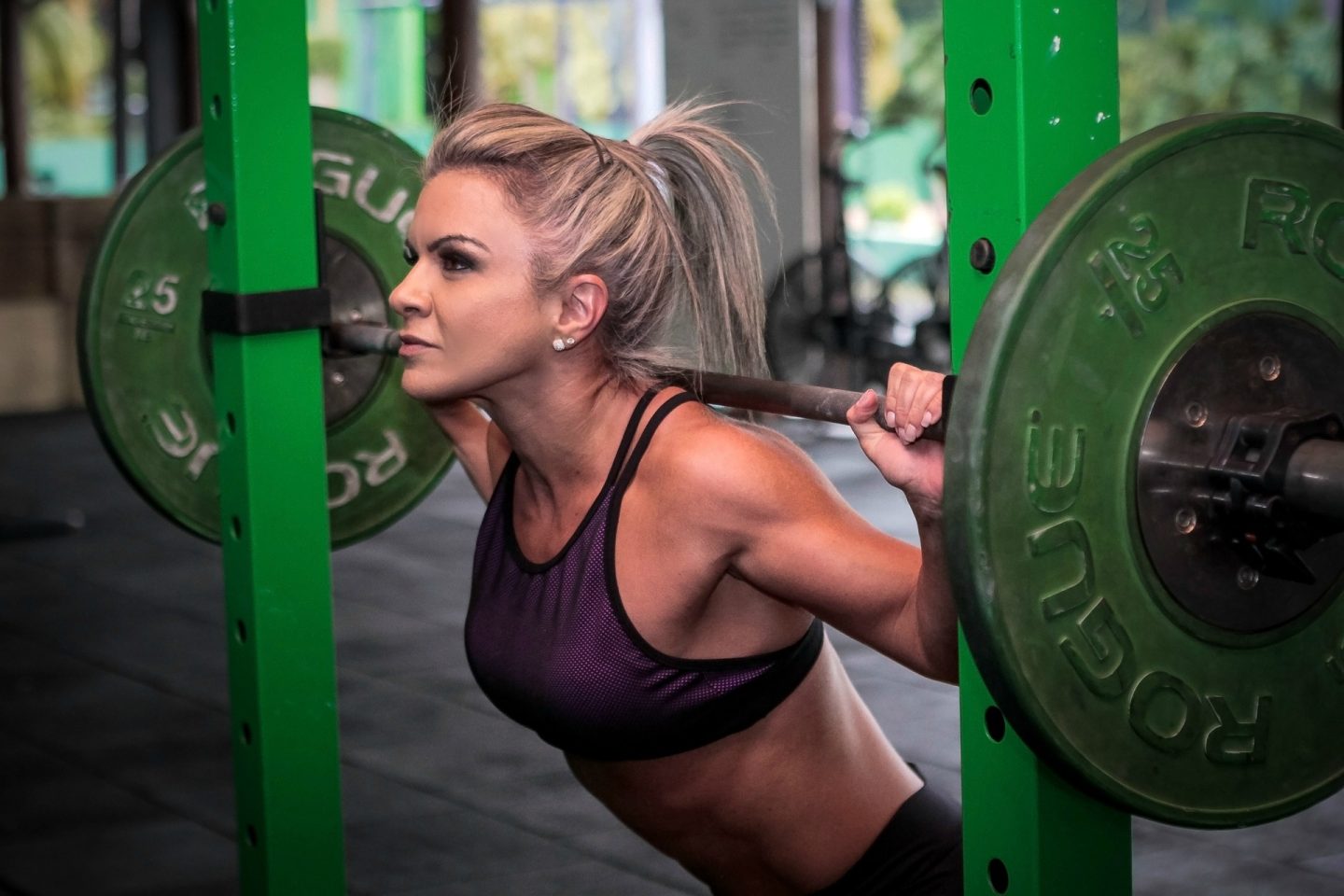
When I first started on my running journey I thought the only way to run faster was, well, to just keep running. My mind was set that if I did enough tempo runs, intervals, and hill repeats I should be able to achieve certain pace goals I had.
Building speed is definitely possible by simply following a well structured pure running training plan alone, but one of the things I’ve learned is it’s also a great idea to incorporate some cross training as well.
I’ve now started to incorporate different forms of training on top of my routine running with the goal of running a 90 minute half marathon soon and I’ll be sharing them with you guys in this article.
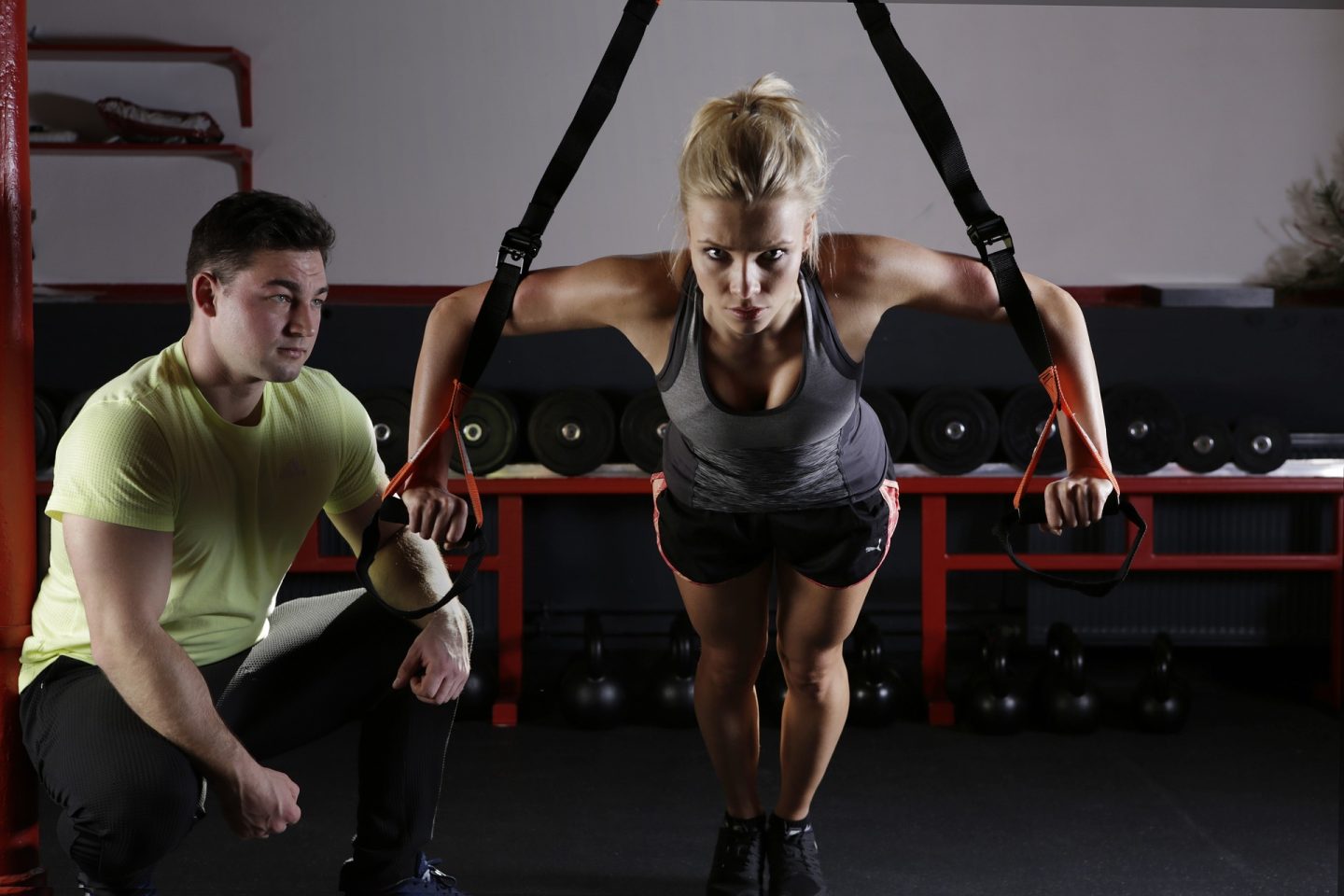
STRENGTH TRAINING
Being a runner doesn’t automatically get you excused from going to the gym. Strength training is still important for runners. Our bodies have a lot of contact time with the ground so we need to strengthen our calves, hamstring, quads, hips, core, and glutes.
Here are some exercises you should consider doing in the gym:
Squats: This is a great exercise for runners as it works the quads, glutes, and hamstrings.
Lunges: This works the same muscles as squats, but also engages the hip flexors and develops your single leg strength.
Deadlifts: This works the hamstrings, glutes, and lower back. If you haven’t done a deadlift before, it’s important to ask for assistance from one of the personal trainers in your gym.
Hip Thrusts: This is a great exercise to strengthen your hips, glutes, and hamstring.
Planks: Doing planks will help strengthen and stabilize your core. This is very important especially for long distance runners
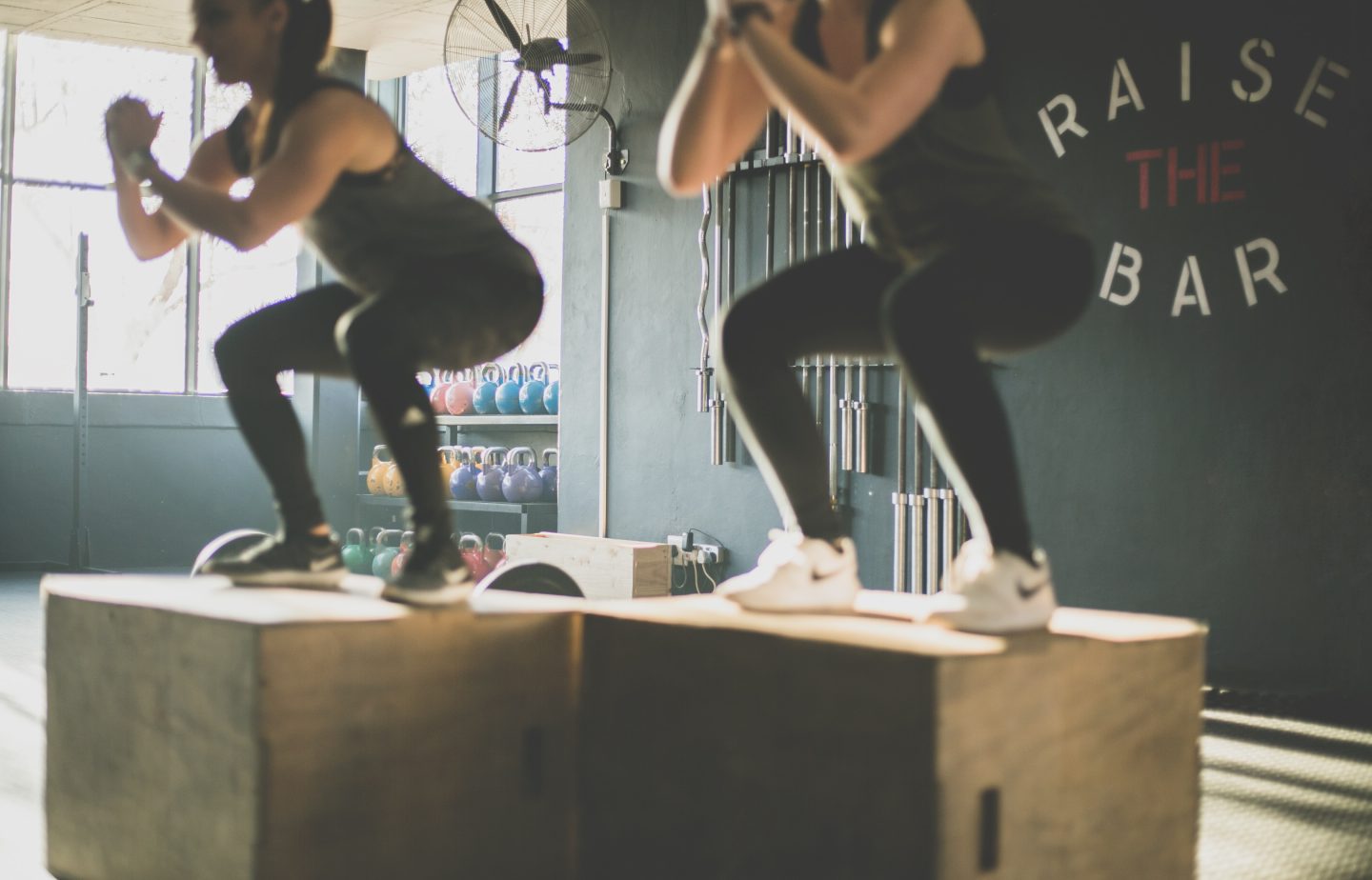
PLYOMETRICS
Plyometrics can be done both in the gym or in the comfort of our homes. Doing plyometrics can be done purely using your body weight, but there are a few exercises that can be loaded with extra weight.
This can help you develop explosive power and improve your running form.
Here are a few Plyometric exercises you can do:
Box Jumps: This is a classic plyometric exercise that can help improve lower body power and explosiveness.
Jump Squats: Jump squats work the same muscles as regular squats but also engage fast-twitch muscle fibers.
Plyometric Lunges: This exercise, similar to regular lunges, will help develop your single leg strength and will also help with your explosiveness. To perform a plyometric lunge, step forward into a lunge position, and then jump up explosively, switching your feet in mid-air and landing in a lunge on the other side.
Box Step-Ups: This will help with your single leg strength and can either hit your quads or glutes. To target the quads, make sure to stand up straight. To target the glutes, lean forward slightly. This can be done with a pair of dumbbells in hand.
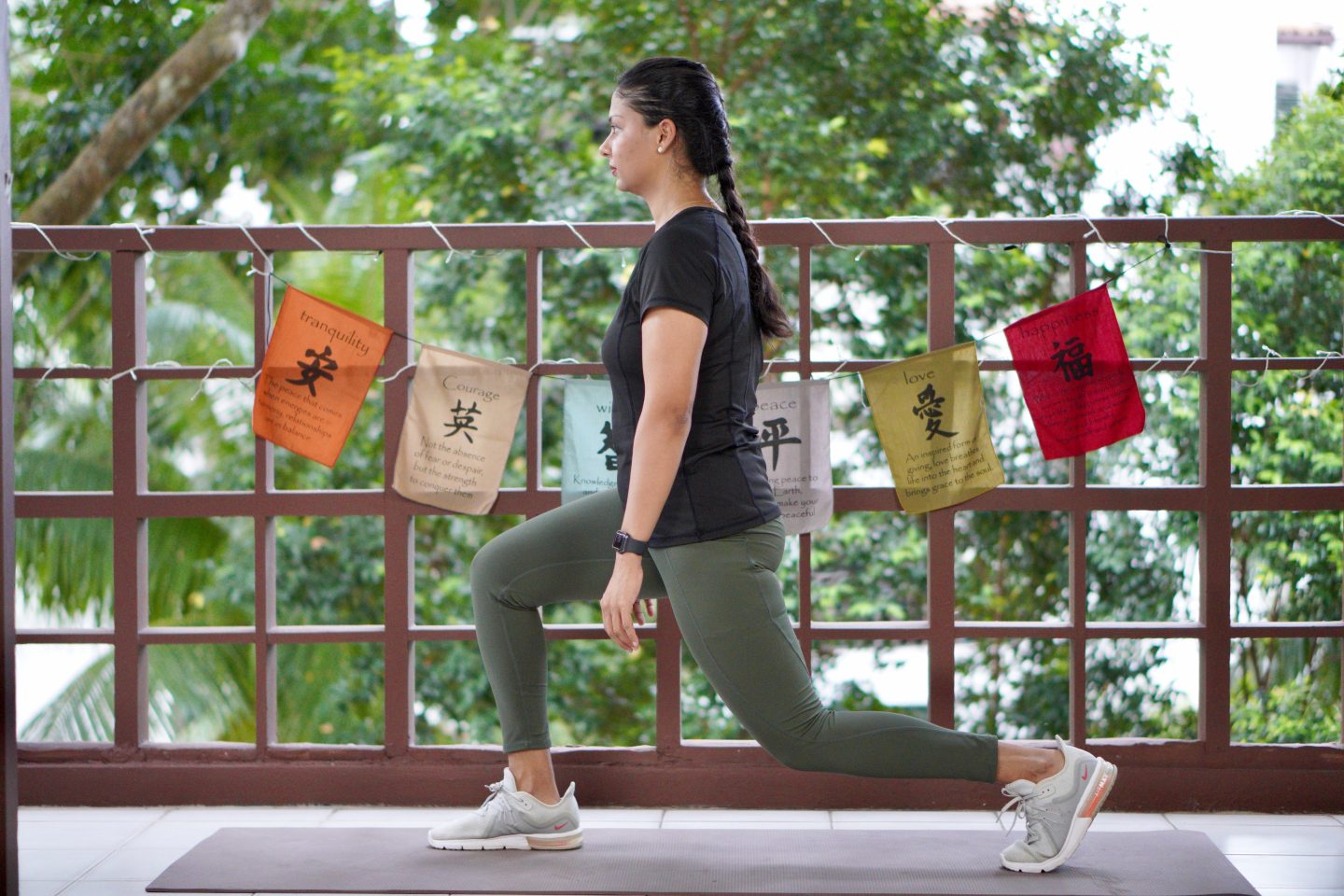
AGILITY TRAINING
Agility training is another great cross training option for runners looking to improve their speed, coordination, and ability to change direction.
Here are some agility training exercises that can benefit runners:
Ladder Drills: These drills can help improve foot speed, coordination, and agility.
Cone Drills: This involves setting up cones in a pattern and running through the pattern as quickly as possible. You can either work on your sprints or maybe even your lateral movement.
Hurdle Jumps: This involves jumping over a series of small hurdles or cones set up in a line. This will help you with coordination and explosive power.
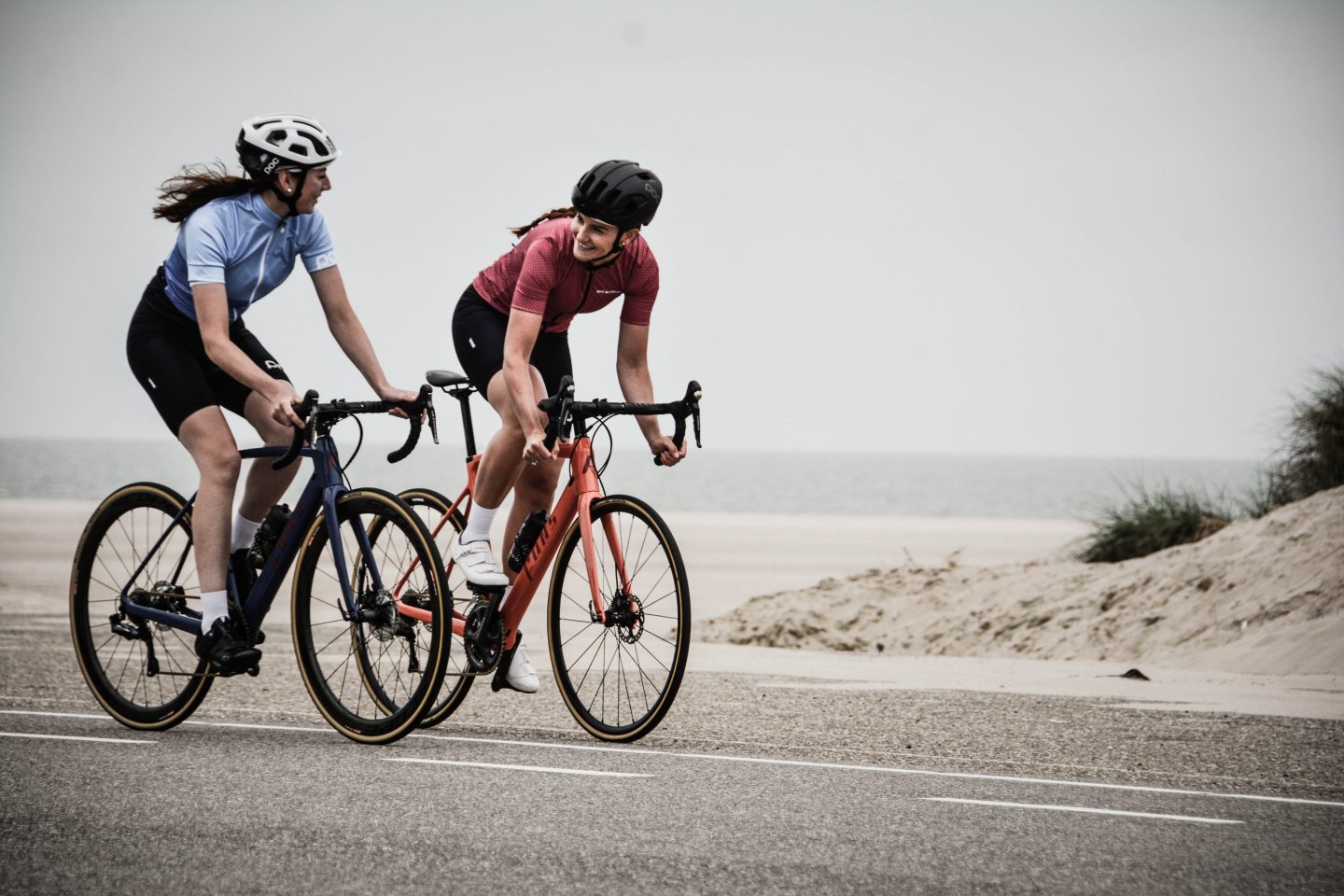
CYCLING
Cycling can be a great low-impact cross-training activity that can improve your cardiovascular fitness and leg strength. This can be done in substitute of an easy run in the scenario where your legs may be a bit too sore from a previous workout.
This can also be a great way just to reset your mind from all the running you’ve been doing and try out something new. If you’re on a scheduled rest day but you still feel like you can keep going, then cycling can be a great option for an active recovery instead.
Keep your cycling at a distance that isn’t too far for you and at a comfortable pace, preferably at Zone 2 at most. And always remember to wear a helmet!
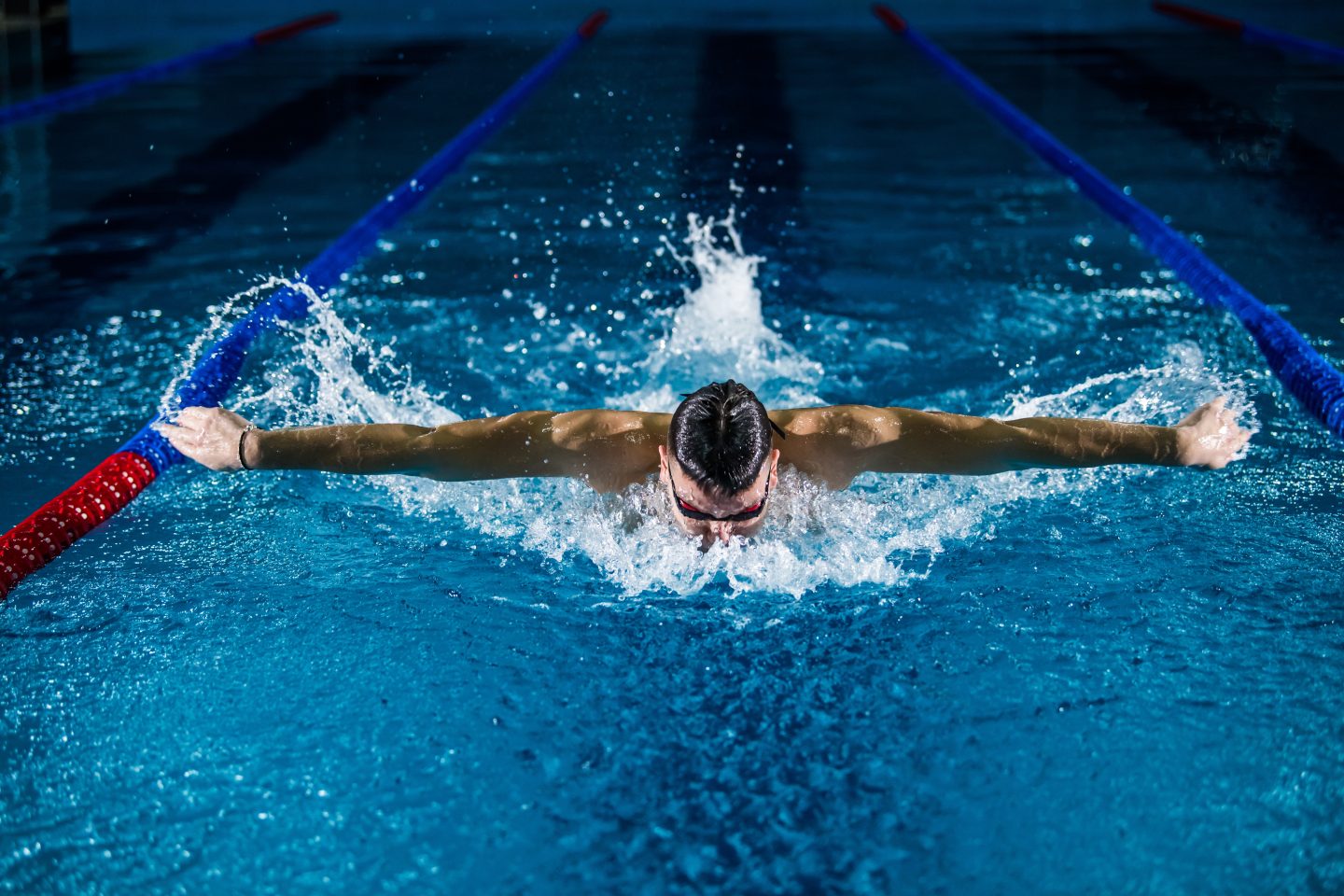
SWIMMING
Similar to cycling, swimming is another great low-impact cross training activity that can be done in part of a full running program, or can be done in substitute of an easy run.
Swimming can help improve cardiovascular fitness, which can develop running endurance and speed. This can also be done as an active recovery, allowing runners to continue training while giving their legs a break from the impact of running.
This is also a full body exercise that not only targets the legs, but also hits your upper body and core. Swimming can also improve your flexibility, particularly in the hips, shoulders, and lower back.
IN CONCLUSION
Being a dedicated runner doesn’t mean all you have to do is run. Incorporating strength training, plyometrics, and agility training will work wonders in achieving your running goals if done in a proper training regime.
And as for your active recovery days, cycling and swimming are two great options to keep your body moving as you prepare and actively rest for your next run.








